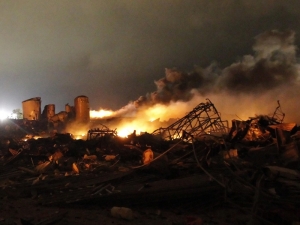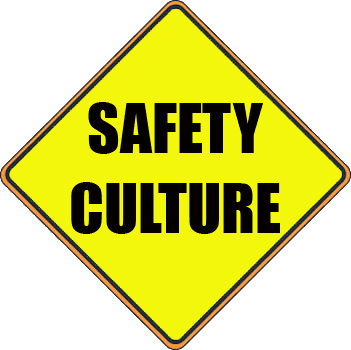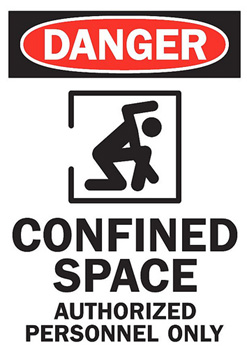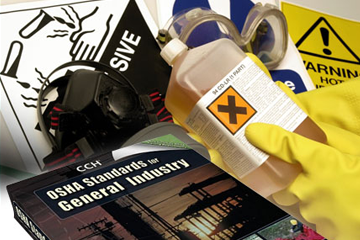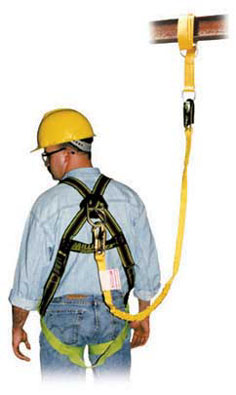 You can reduce the risk of slipping on wet flooring by:
You can reduce the risk of slipping on wet flooring by:
- taking your time and paying attention to where you are going
- adjusting your stride to a pace that is suitable for the walking surface and the tasks you are doing
- walking with the feet pointed slightly outward
- making wide turns at corners
You can reduce the risk of tripping by:
- keeping walking areas clear from clutter or obstructions
- keeping flooring in good conditon
- always using installed light sources that provide sufficient light for your tasks
- using a flashlight if you enter a dark room where there is no light
- ensuring that things you are carrying or pushing do not prevent you from seeing any obstructions, spills, etc.


